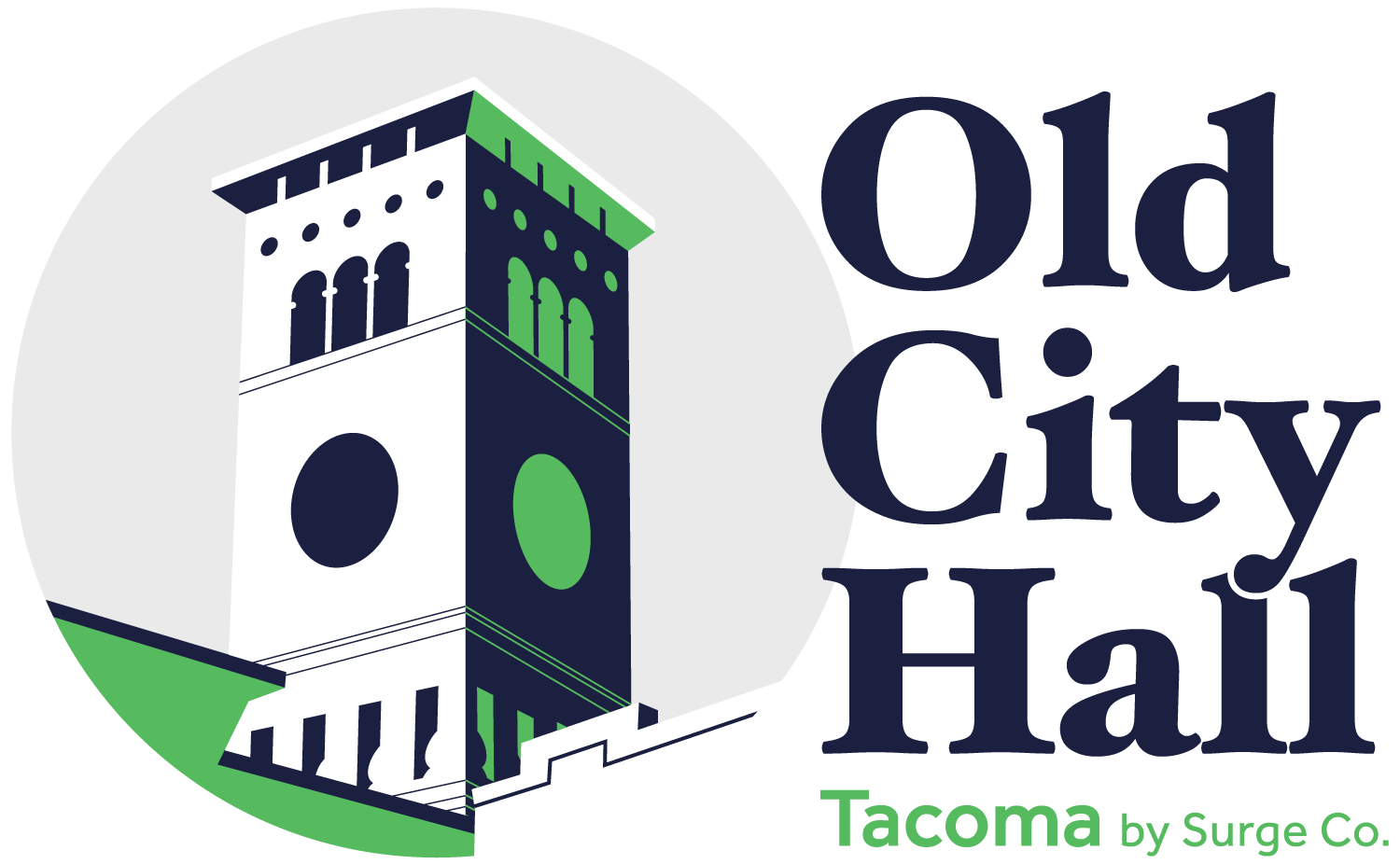Brick & Stone Episode 7 | Crescent Ballroom/Manley-Thompson Ford Building
Brick and Stone: Celebrating Tacoma's Architectural Legacy
Episode 7: Crescent Ballroom/Manley-Thompson Ford Building
Tacoma, with its vibrant past, has seen its fair share of transformations over the years. Nestled in its heart is a hidden gem that stands as a testament to the city's dynamic history — the Auditorium Dance Hall, later known as the Crescent Ballroom. Erected in 1922, this iconic structure has weathered the tides of change, witnessing the evolution of entertainment, music, and cultural trends in our city.
The Auditorium Dance Hall emerged from the ashes of the original Germania Hall, which was destroyed in a fire in 1922. Renowned Tacoma architect Roland Borhek was commissioned to design a multipurpose building that would become a hub for recreational, sports, fraternal, and political activities. Borhek was a visionary, a prominent figure in Tacoma's architectural scene. Other designs of his included the Capitol Theater and the Rialto Theater, demonstrating a keen understanding of classical forms and attention to detail. Jason Lee Middle School was another of his commissions whose design would win him the coveted American Institute of Architects award in 1924. He went on to become the president of the Tacoma Society of Architects and served as vice president and president of the Washington Chapter of the American Institute of Architects.
The Auditorium Dance Hall itself was a state-of-the-art facility, designed to accommodate various events, including the emerging trend of automobile exhibitions. The venue's strategic location in the core of Tacoma unintentionally became a focal point for the city's flourishing entertainment scene. From its early days, the Auditorium Dance Hall played a crucial role in Tacoma's social landscape. Initially serving as a space for commercial exhibitions, dancing, and musical performances, it quickly became a popular destination for those seeking entertainment. The venue's significance is underscored by its association with the Loyal Order of Moose and the Fraternal Order of Eagles, showcasing a rich tapestry of activities beyond typical dance hall events.
As Tacomans embraced the "Roaring Twenties," the Auditorium Dance Hall became synonymous with the changing cultural landscape. Dancing, a newfound freedom for the youth, thrived within its walls. The Tahoma Dancing Academy, housed in the Auditorium, taught the fox trot, Charleston, and other dance crazes of the era. The venue became a symbol of the evolving American culture, hosting both local bands and occasional traveling orchestras.
In the 1930s, as musical styles shifted and the demand for space grew, the Auditorium Dance Hall underwent a transformation. The north wall was opened to the adjacent Manley-Thompson Ford Agency building, creating additional space and prompting a name change to the Crescent Ballroom.
The Crescent Ballroom thrived for decades, hosting legendary acts such as Rudolph Valentine, Phil Harris Orchestra, and Jimmie Lunceford. By the 1980s, however, changing venues and musical preferences led to its eventual closure as larger venues such as the Tacoma Dome became more popular. Despite this, the Crescent Ballroom experienced a resurgence in the mid-1980s as a hub for alternative rock bands, playing a crucial role in the early days of the grunge scene, hosting dozens of punk and grunge bands some of which included Nirvana, the Melvins, Alice in Chains, The Fleetwoods, and Paul Revere & The Raiders to name a few.
Today, the Crescent Ballroom stands as a living archive of Tacoma's entertainment history. From hosting Duke Ellington's orchestra in the 1940 Daffodil Ball to being a launchpad for groundbreaking grunge bands in the 1980s, this historic venue's connection to the evolution of musical styles is unparalleled. Its enduring legacy resonates with the generations that danced beneath its mirrored ball, making it a unique and cherished piece of the Pacific Northwest's cultural heritage.
The story of the Crescent Ballroom is one that intertwines with Tacoma's history, reflecting the city's growth, cultural shifts, and the ever-changing tapestry of entertainment. As we look back on the rhythmic echoes of the past, this iconic venue stands as a testament to the power of music, dance, and community in shaping the identity of a city.












